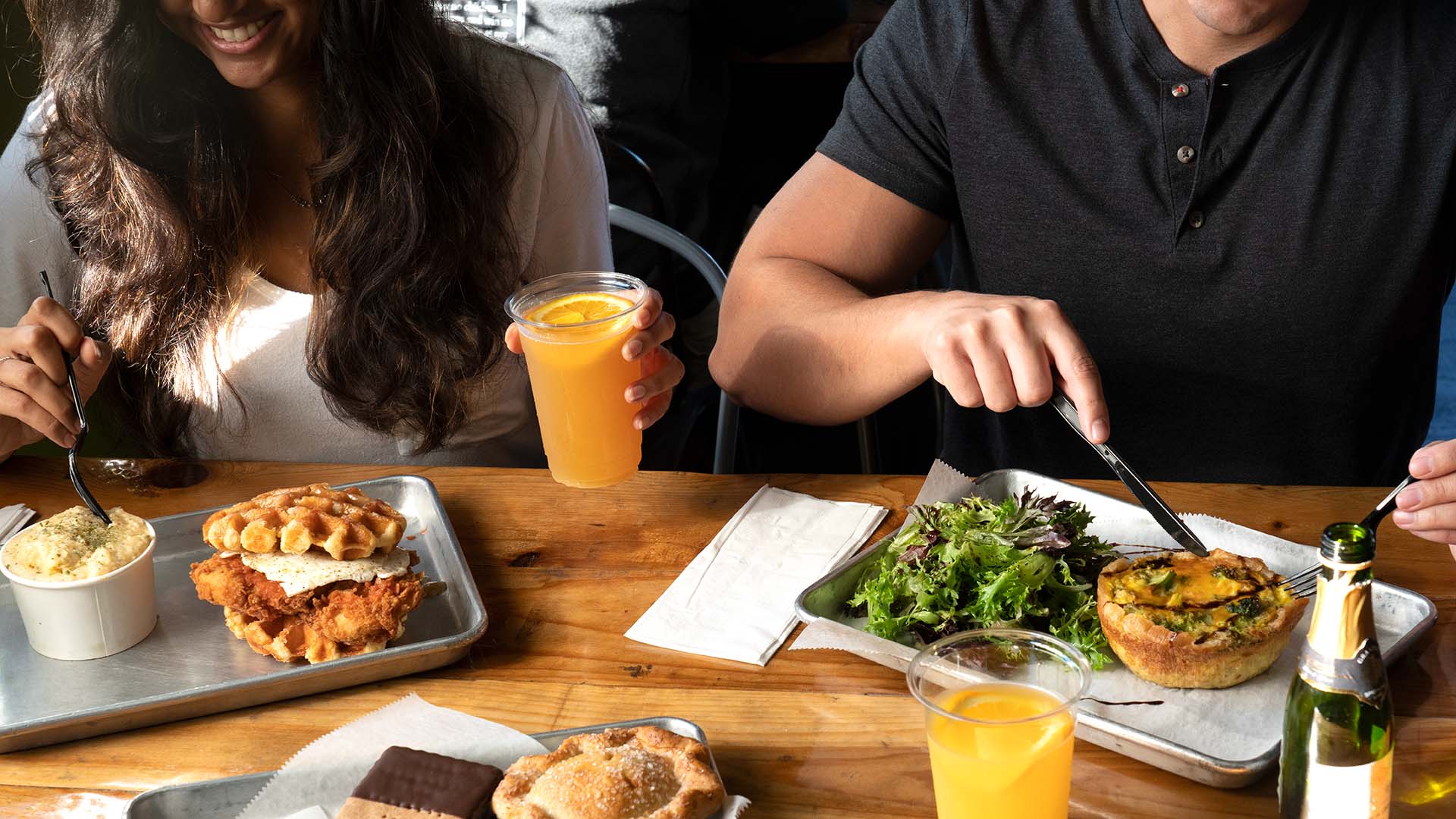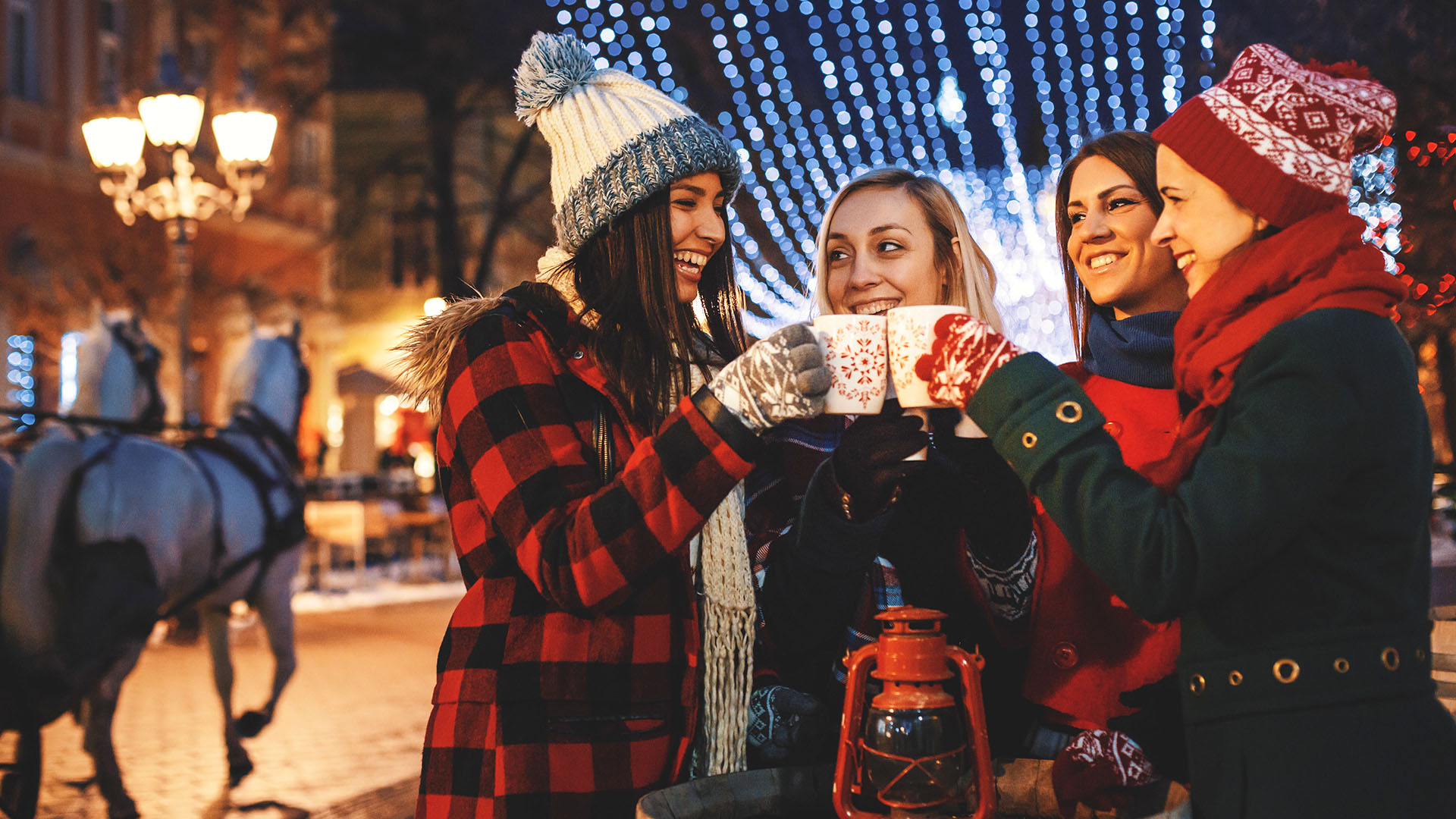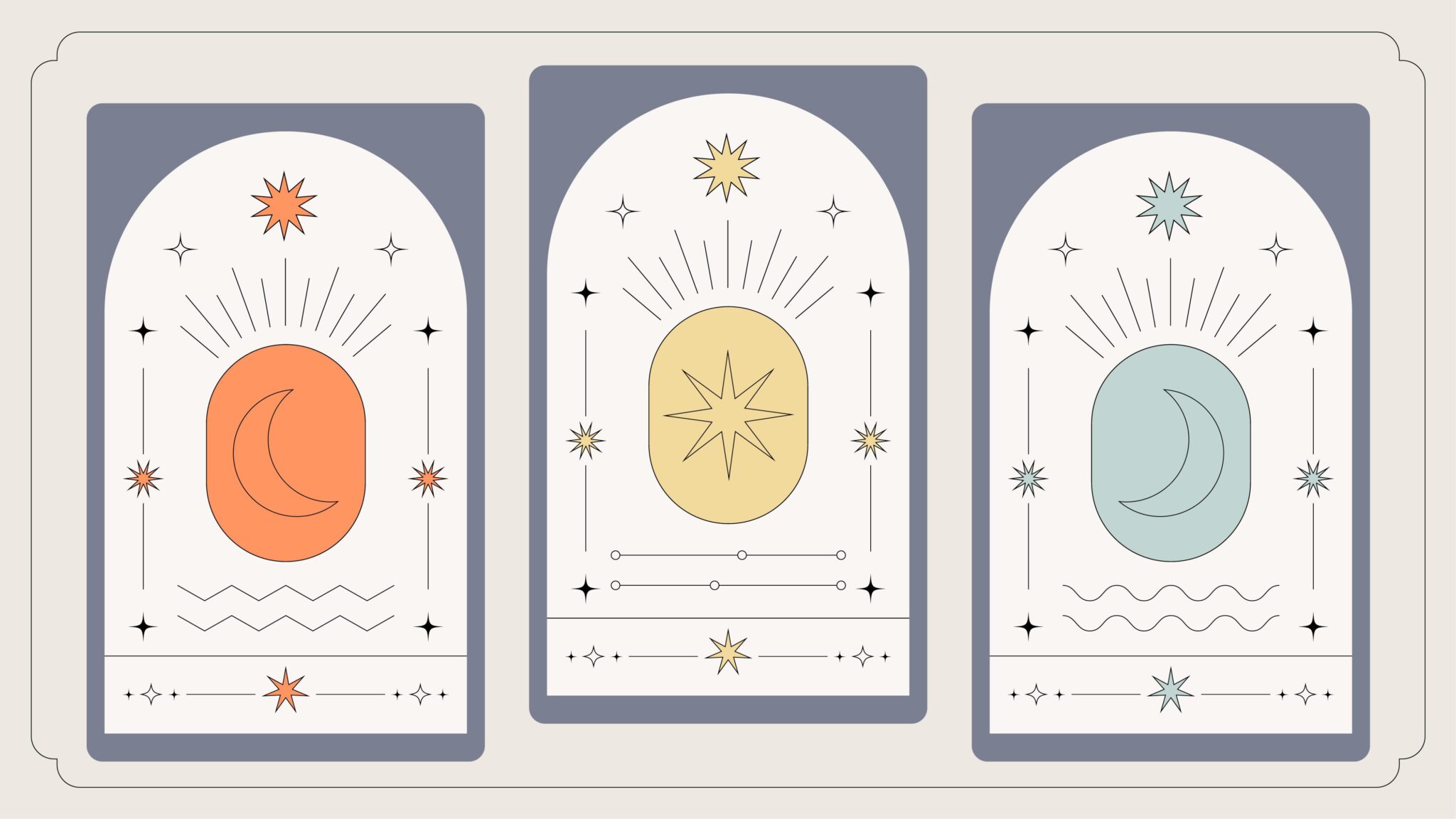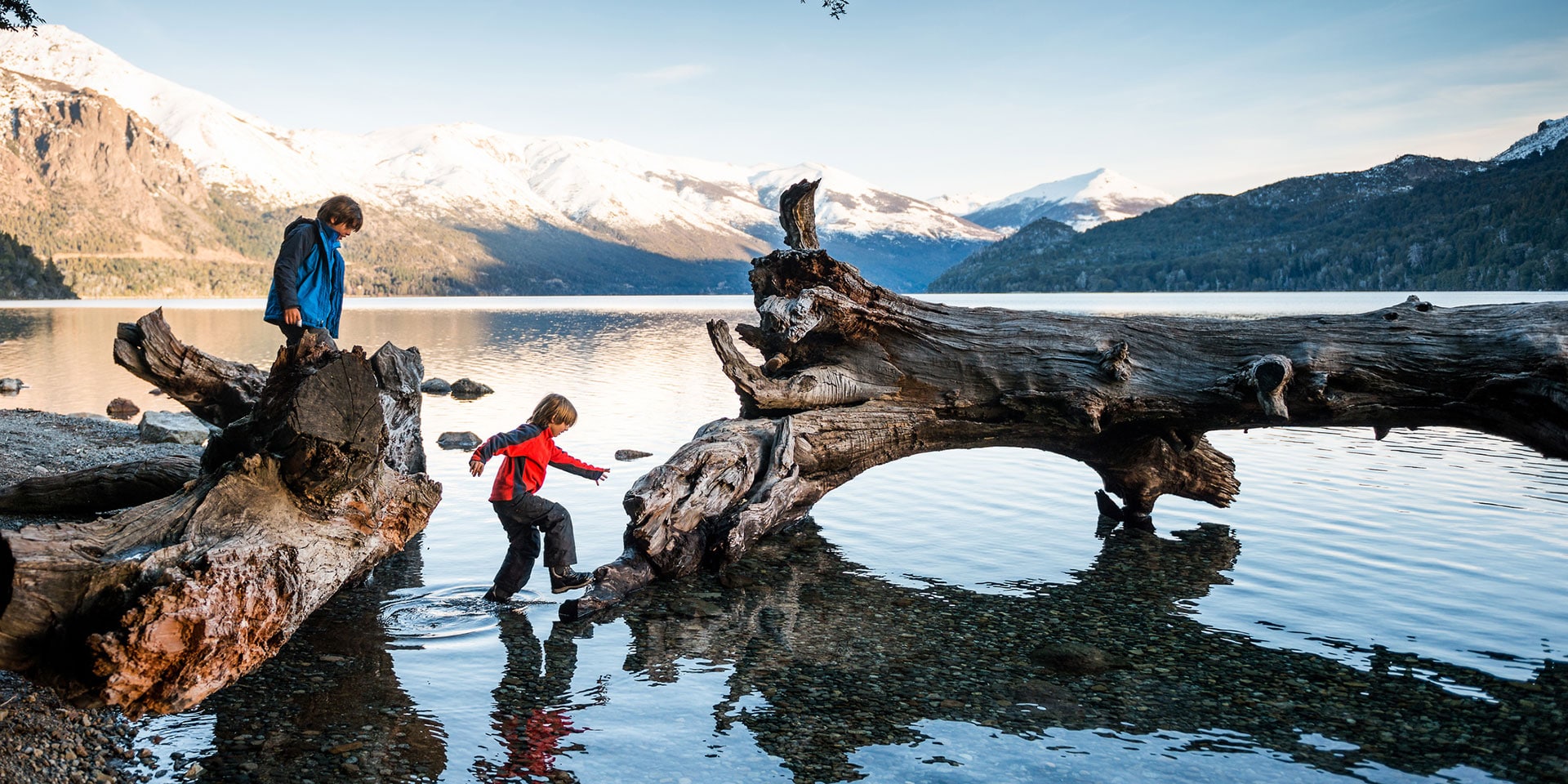
Bariloche is surrounded by lakes and Patagonian forests. (Photo: Ramiro Olaciregui/Getty Images)
Tips + TrendsDiscover Argentina’s Summer Secrets From December to March
By Ana Astri-O’ReillyIf you live in the northern hemisphere, head to Argentina when the temperatures begin to drop. Summertime—between December and March—in this southern country welcomes you with an infinity of activities including hill-climbing, trekking through the forests and learning about its colonial and pre-Columbian past.
This guide will show you the best places to experience an unforgettable vacation.
Enjoy Bariloche: Surrounded by Lakes and Forests
Bariloche is surrounded by lakes and Patagonian forests. It is very popular in winter thanks to its ski centers. However, in summer, many choose it for its incomparable landscapes.
Ideal activities for active people include climbing Cerro Catedral, booking horseback riding treks at the foot of Cerro López, skiing between platforms high above the forest or ascending Cerro Campanario by chairlift.
One of the most popular excursions is to Isla Victoria and Los Bosques de Arrayanes, one hour away from Puerto Pañuelo. In addition to walking among these saffron-colored trees, you will be able to see cave paintings and stroll along a volcanic, sandy beach.
Bariloche is also the national capital of chocolate, so be sure to visit the chocolate shops—Benroth Chocolates is one of our favorites—and tea houses on Bustillo Avenue and its surroundings. Another craft product that has been produced for almost a hundred years is beer, try some at Manush Gastropub.
Visit Cordoba: The Academic Cradle of the Country
The city of Cordoba, the second largest in Argentina, is a metropolis with a lot to offer.
The Manzana Jesuítica (the Jesuit Block), a declared World Heritage Site by UNESCO, includes the headquarters of the first university in the country and the church of the Compañía de Jesús, among other baroque-style buildings. The Manzana usually opens Monday thru Saturday, though in summer it closes at siesta time.
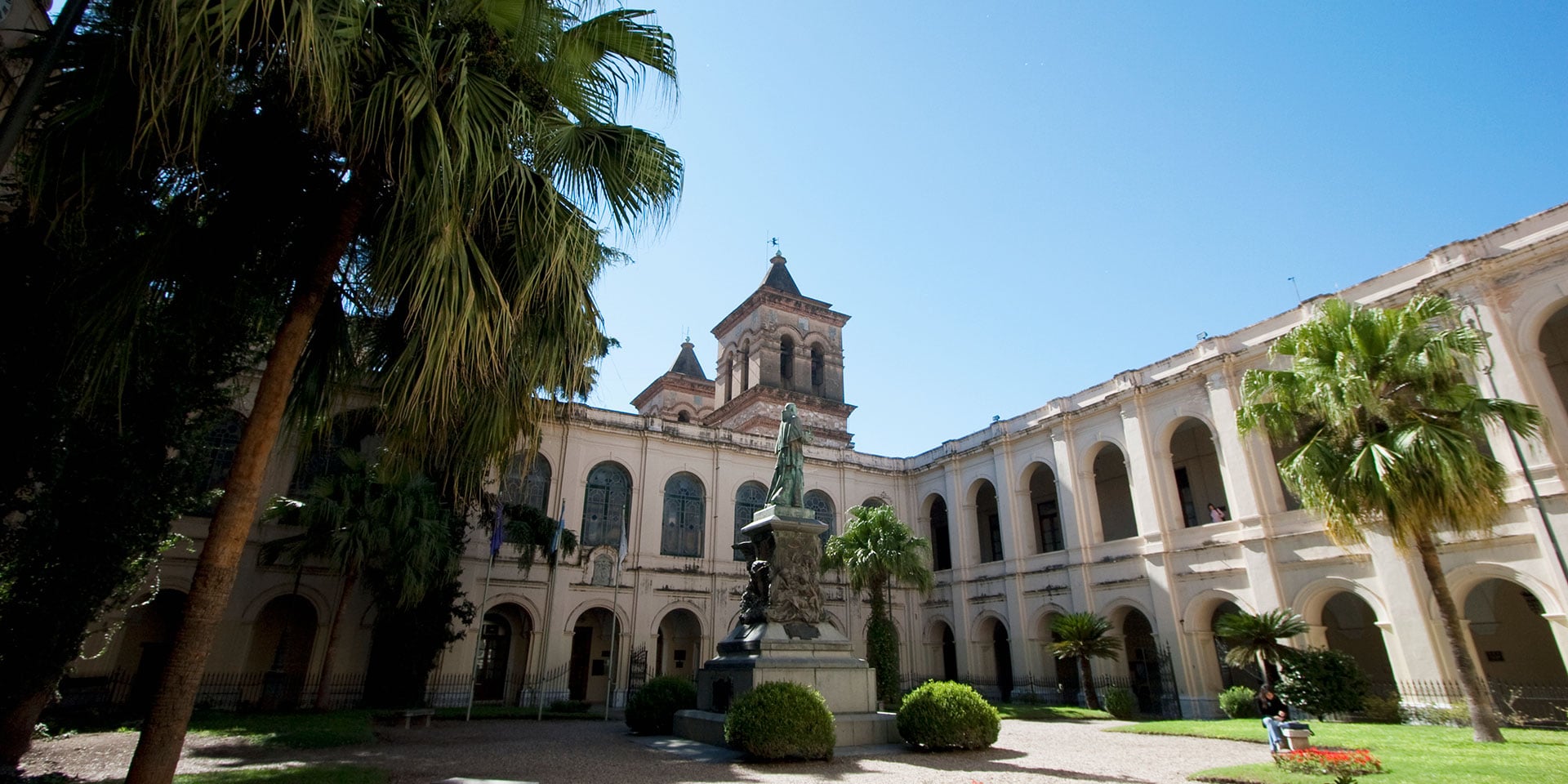
The Paseo del Buen Pastor is a cultural center housed in a salvaged urban space. The former women’s asylum and jail is now used for painting and photography exhibitions as well as dance and music shows—among other cultural activities. It is also a popular meeting place for Cordoba locals.
The La Cañada stream crosses the city and in order to contain it in case of floods, an (almost) two mile-long wall with several bridges was built. Its route unites different points of the city such as the municipality, several squares, courts and the Paseo de las Artes. On this route, which runs on weekends, antiques and handicrafts are displayed and sold.
Mar del Plata: Beaches and Forests
Mar del Plata is the largest seaside resort city on the Argentine Atlantic Coast. While attractive year-round, summer is the most popular season.
The beaches of Mar del Plata offer all kinds of services, including tent and umbrella rentals, restaurants or sports facilities. If you are looking for tranquility, go to the southern ones.
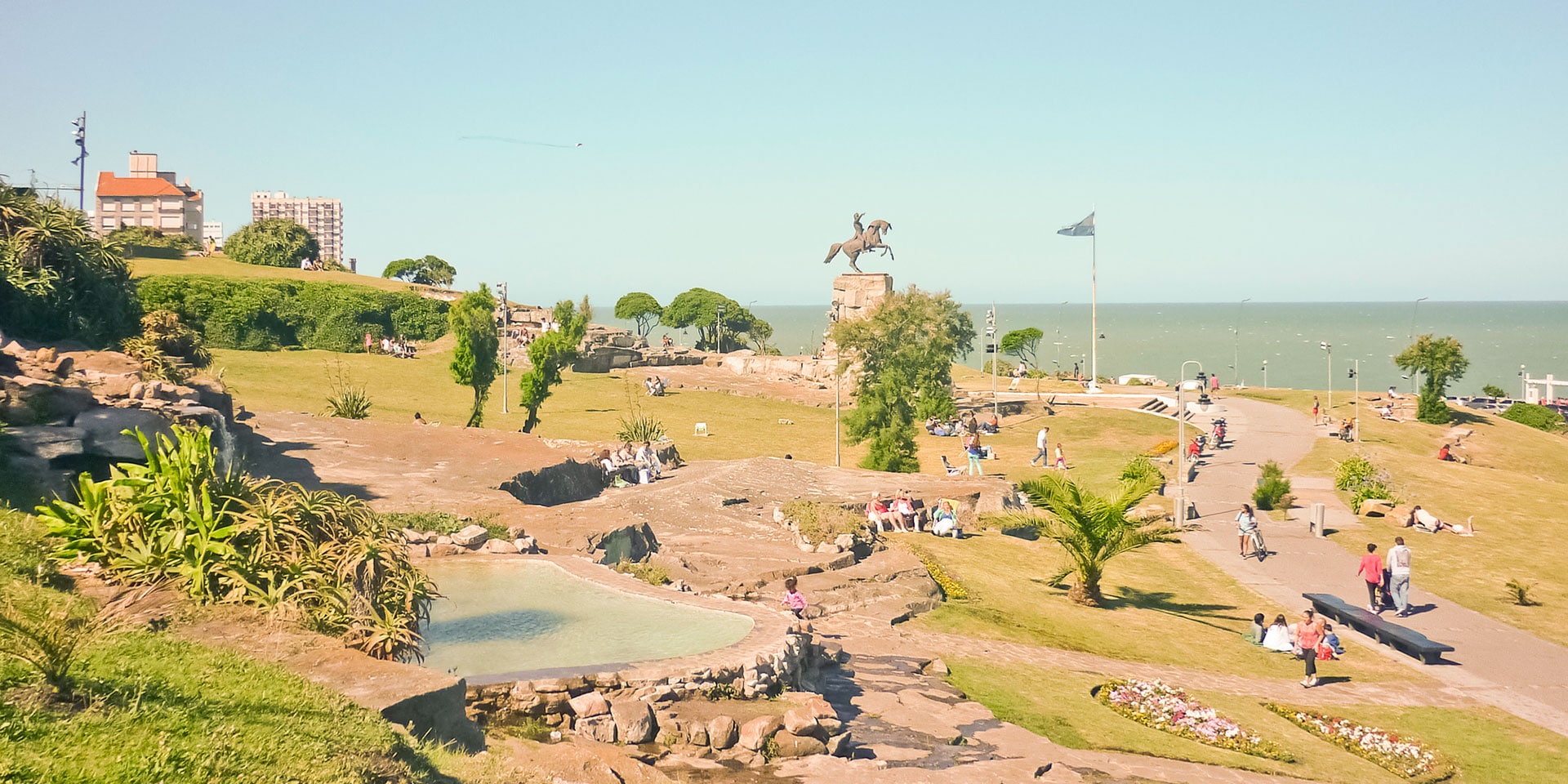
Sea lions are the symbol of the city. You can watch them (taking special care) at the Banquina de los Pescadores on the Escollera Sur. From this point, typical orange boats depart to go fishing. When they return in the afternoon, the sea lions go up on deck to look for food or sleep in the sun.
When you need a break from the beach, the Peralta Ramos Forest, to the south of the city, offers you a green oasis. Here, there are over 1000 acres of semi-urbanized forest that you can explore by bicycle or on foot. Don’t miss the tea house delicacies located near the entrance.
Salta: Panoramic Views, Colonial Homes and Empanadas
Salta la Linda is a city as small as it is beautiful. It stands out for its well-preserved colonial architecture and its juicy and tasty meat empanadas (patties).
To enjoy the panoramic views of the city, it is best to climb Cerro San Bernardo. You can do so by car or on foot. The third option is to take the cable car in Parque San Martín.
If you want to soak up the Inca culture, visit the Museo de Arqueología de Alta Montaña. Its mission is to protect an important archaeological find, Los Niños de Llullaillaco (Children of Llullaillaco). The perfect conservation state of both the mummies and their burial goods open a window to the fascinating Inca universe.
The Reserva Natural Municipal Quebrada de San Lorenzo consists of a sub-Andean mountain jungle, known as yunga, and is one of the most biodiverse environments in the country. Here, you can go paragliding, participate in photographic safaris, take SUV trips and go bird watching—among other activities. From the mirador you can see the entire city of Salta and the Lerma Valley.





